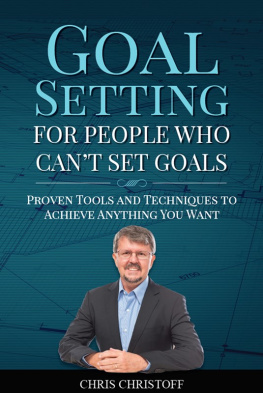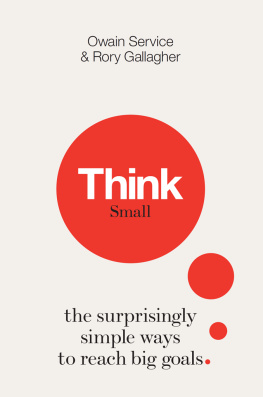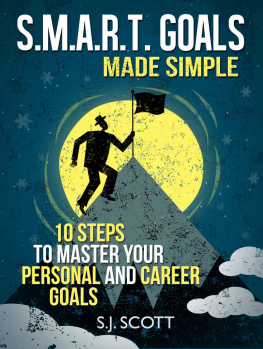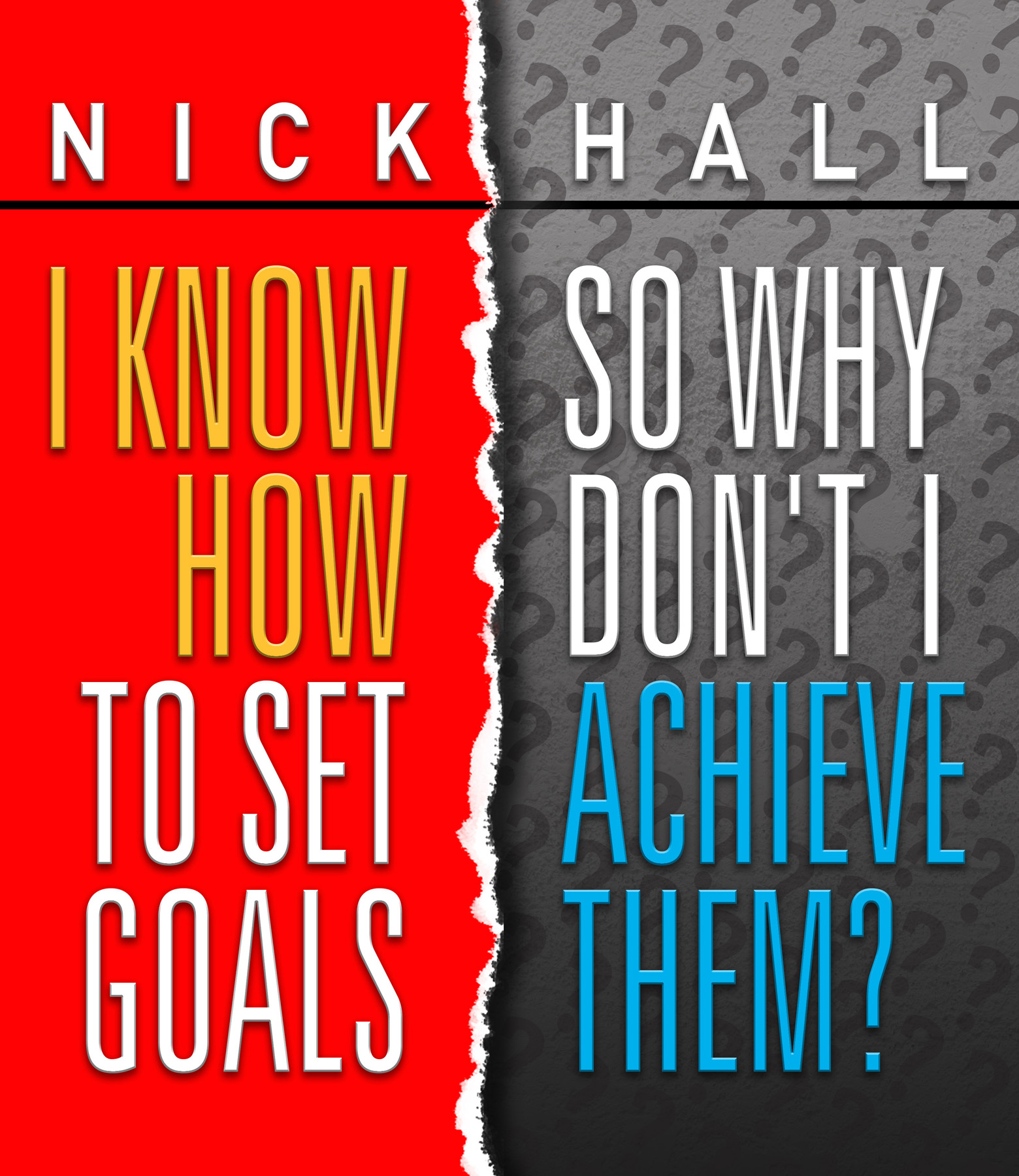No part of this book may be reproduced or transmitted in any form, by any means, (electronic, photocopying, recording, or otherwise) without the prior written permission of the author. No liability is assumed with respect to the use of the information contained within. Although every precaution has been taken, the author assumes no liability for errors or omissions. Neither is any liability assumed for damages resulting from the use of the information contained herein.
It was my third flat tire in less than two hours. Over two hundred pounds of kayak and gear far exceeded the weight capacity of the small trailer I was towing behind my folding bicycle. Three weeks earlier, I had set out from a gulf coast beach near St. Petersburg to circumnavigate the state of Florida. Now, with less than 400 miles remaining, I was about to drop out. My motivation-reserve had been used up during the course of multiple setbacks. I had set out on the 1,240 mile race, which included a 40 mile portage, three weeks earlier. On the first day while making very good progress down the Gulf of Mexico, I stopped to assist two competitors whose boat had capsized. They scrambled aboard my sailing kayak for a ride to the nearest beach, but the combination of extra weight and rough surf damaged a critical part on the boat which had to be repaired before I could continue. I not only lost time, but also the winds that had been propelling me down the coast. Several days later while approaching the Florida Keys, I hit an oyster bar damaging yet another part of the boat. After a restless night, the tide eventually lifted me off the oyster bar so I could limp into Key Largo and make the necessary repairs. I wasnt really thinking about it, however, it did seem to take a greater amount of motivation to continue after the second mishap. Then, the mast broke a mile off shore while making good time up the Atlantic coast. Almost two days were lost while searching for the needed part and then waiting for the epoxy glue to cure. By now I was ready to pack it in, but somehow found the will to press on, although in my effort to make up lost time, I found myself in a severely sleep-deprived state. While approaching the entrance to the St. Marys River on the Georgia border, I was capsized by a wave I didnt see in the darkness. More damage and more time was lost while making repairs. Still, I pressed on, eventually arriving at the start of a 40 mile portage to the head waters of the Suwannee River. During the inaugural race in 2006, I had placed second in my division, in part by carrying a folding bike and small trailer in my decked canoe. I figured it would be a quick and efficient way to knock off the miles, which it proved to be in the first event. But in 2010, I was using a much heavier boat and had more gear. Although I was aware of the 150 pound capacity of the small trailer, I assumed the manufacturer was being overly cautious in setting the limit. But whatever the limit was, 230 pounds of boat and gear was too much. Depending upon which tire burst, I veered either into oncoming traffic or into the ditch. Neither was a pleasant, nor safe option. As the sun dropped below the trees, I decided it was not my year and dropped out.
Why, after three weeks and successfully covering nearly a thousand miles of rough seas, along with cold, wet conditions did I lose the motivation to continue? After all, the worst was over. All that remained was riding an ambling current the length of the Suwannee, then the relatively calm waters of the Gulf of Mexico back to the start. The reason is because motivation is subject to the same type of fatigue that an athlete might experience during the running of a marathon. Depending upon training and the demands being placed on the muscles, if it exceeds the persons capacity for endurance, the muscles stop responding. Glucose is depleted and the will to continue disappears. Its called hitting the wall or bonking. In a similar way, the more you have to draw upon your motivation to pursue a goal, the greater the likelihood you will experience Motivation Fatigue. Youll deplete your reserves in a manner similar to an athlete who bonks or hits the wall. In this book, Ill explain how you can build this motivation-reserve so you are less likely to lose the will to continue toward your goal. Ill describe a formula for setting goals, and how the way you define success can doom you to failure or propel you toward your goal. Youll also learn the characteristics of people who have overcome seemingly insurmountable odds to live their dreams, and the things you can do to acquire those same characteristics. A great deal of time will be devoted to exploring how your belief-shaped thoughts serve as the final determinant of success or failure, along with the ways you can increase your motivation-reserve just as you can increase your endurance for physical activities. Yes, through practice and careful training you can increase your will and thereby enjoy more success than you ever dreamed was possible.
But first, Ill introduce myself and explain why I am keenly interested in motivation and the things that influence it. Im Nick Hall, and since I received a Ph.D in Neuroscience in 1976, I have conducted NIH and privately sponsored research delving into how the brain and emotions impact health and well-being. That research has been featured on CBSs 60-Minutes, the Emmy Award winning television series, Healing and the Mind, produced by Bill Moyers for PBS, and the BBC NOVA series. Its also a topic I speak about to doctors and nurses during continuing medical education seminars, and to corporate clients at my Saddlebrook Resort headquarters in Florida. There, I instruct elite athletes and leaders of some of Americas top companies to achieve a state of optimal performance. In addition to having an understanding of the human brain and how it influences motivation, I also enjoy challenging pursuits like the Ultimate Florida Challenge, and cross-country bicycle trips. My first cycling trip was a nearly two-thousand mile ride from the Black Hills of South Dakota to Chicopee, Massachusetts. That journey was completed when I was 17. Fifty years later during the summer of 2015, I rode three thousand miles from Oceanside, California to St. Augustine, Florida. During those and many other adventures, I was able to draw upon my knowledge of the human brain to better understand my thoughts and choices when faced with adversity. I look forward to sharing those insights with you and thereby provide you with a greater awareness of why we often keep doing those things we shouldnt, and sometimes fail to do those we should. Most importantly, Ill describe the things you can do to achieve even those things which may at first appear to be the most elusive goals. Youll learn that sometimes the greatest obstacle to success is not the one you can see, but the one hidden in your own thoughts and beliefs.
Why repeat the mistakes of others when theres an opportunity to learn from those who have gone before you? This is something I have been doing for most of my life, especially when I first left academia and decided to apply the knowledge I had acquired. My research had always focused upon how the brain and emotions impact health in the context of disease. In other words, why do people get sick and how can an understanding of the brain and immune system keep them healthy. It was important and necessary research delving into the biochemical pathways linking the brain and immune system. But one day while reflecting upon my research, I wondered about its relevance to the human condition. Eventually, I closed my research lab, and set off on a quest to discover the secrets of highly successful people. The journey began at LGE Sports Sciences where three friends, Jim Loehr, Pat Etcherberry, and Jack Groppel, were advising elite athletes on ways to achieve the ideal performance state. My arrival added a medical component to the strategies being developed, and at the same time provided me with the opportunity to gain insights from people who had perfected the art of staying focused and summoning the self-motivation to persevere despite physical and mental obstacles. Dan Jansen, the then world champion speed skater was one of many such athletes working with Jim Loehr and the LGE team. Later, Ill describe how he used the same approach professional actors use to eventually win an Olympic gold medal while setting a new world record. I eventually moved my headquarters to Saddlebrook Resort near Tampa, FL. Saddlebrook was designed to provide both athletes and corporations with an environment conducive to achieving success. Saddlebrooks clients have included the New York Yankees Derek Jeter, and tennis star John Isner. Corporate clients too numerous to list represent some of the worlds top corporations that have come to celebrate their successes, or to plot strategies for reaching future goals. Despite having different objectives, both athletes and corporate clients have one thing in common; to emerge victorious, whether its on the sports field or in the corporate boardroom.





